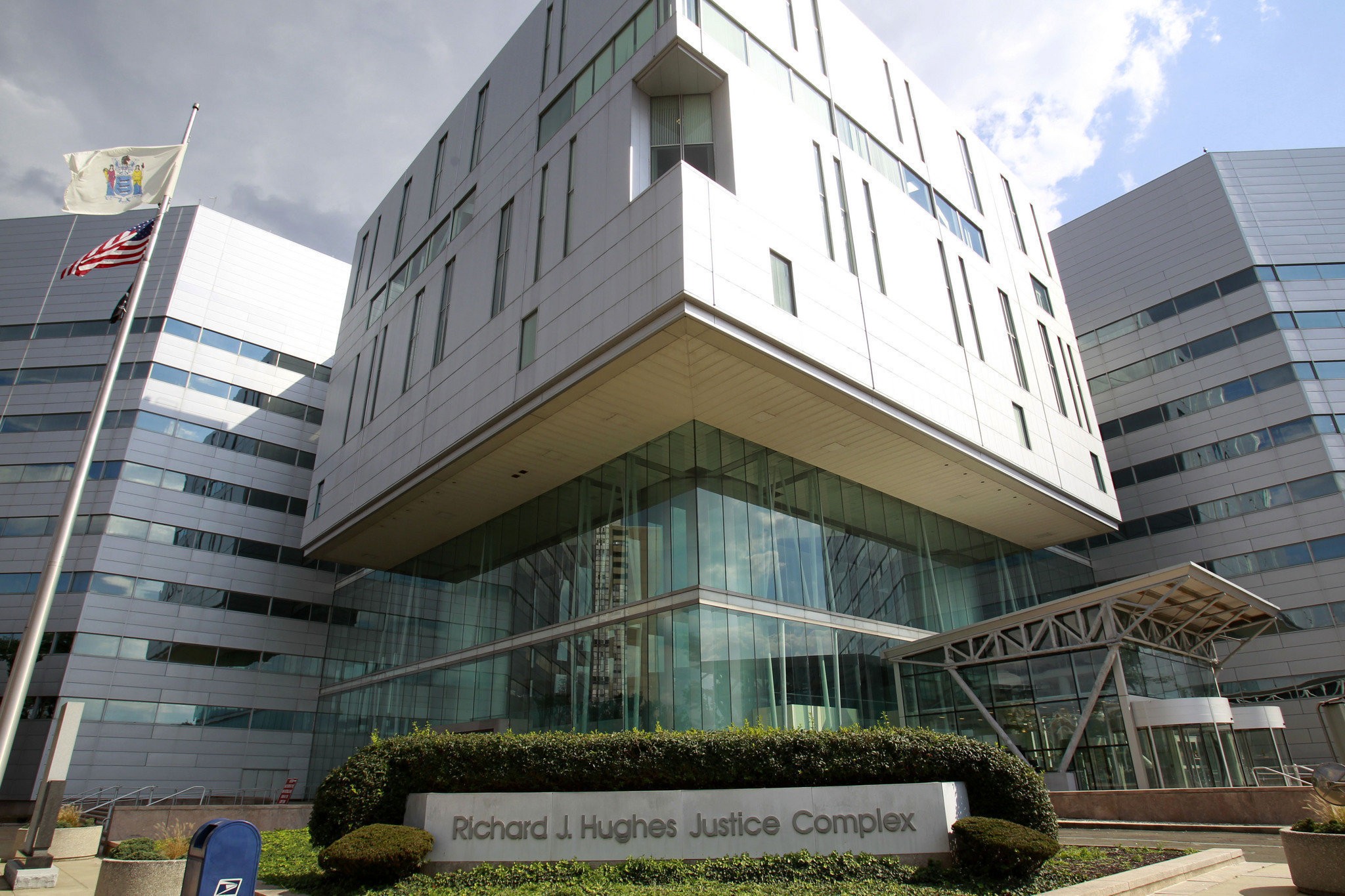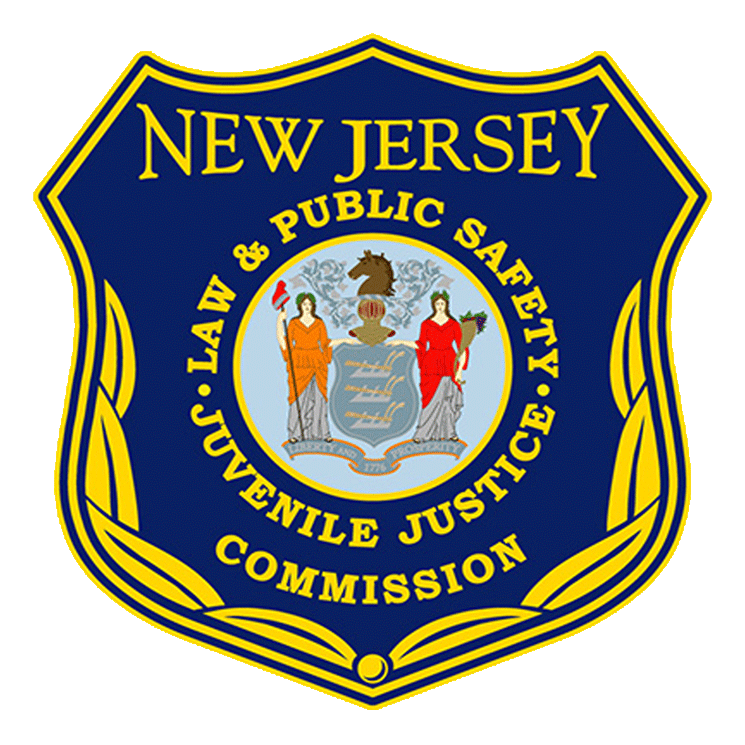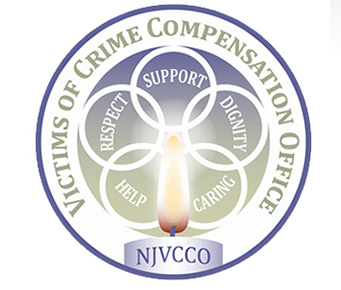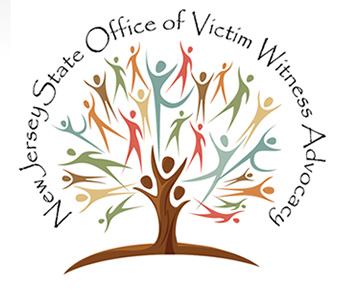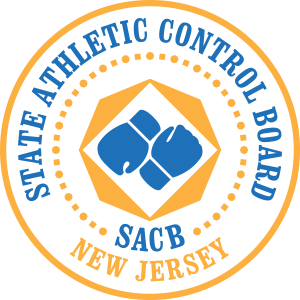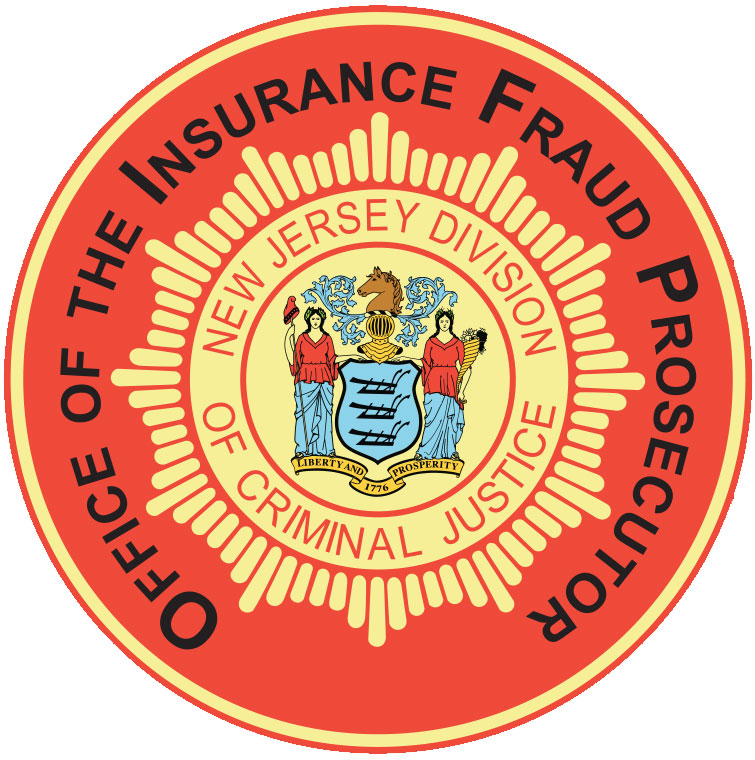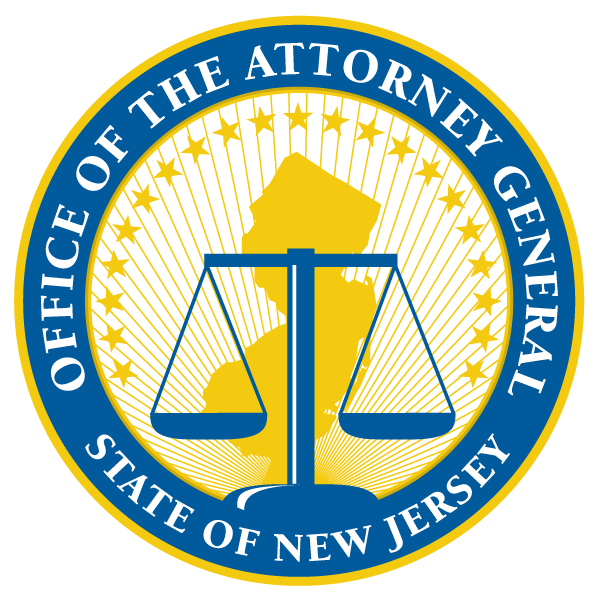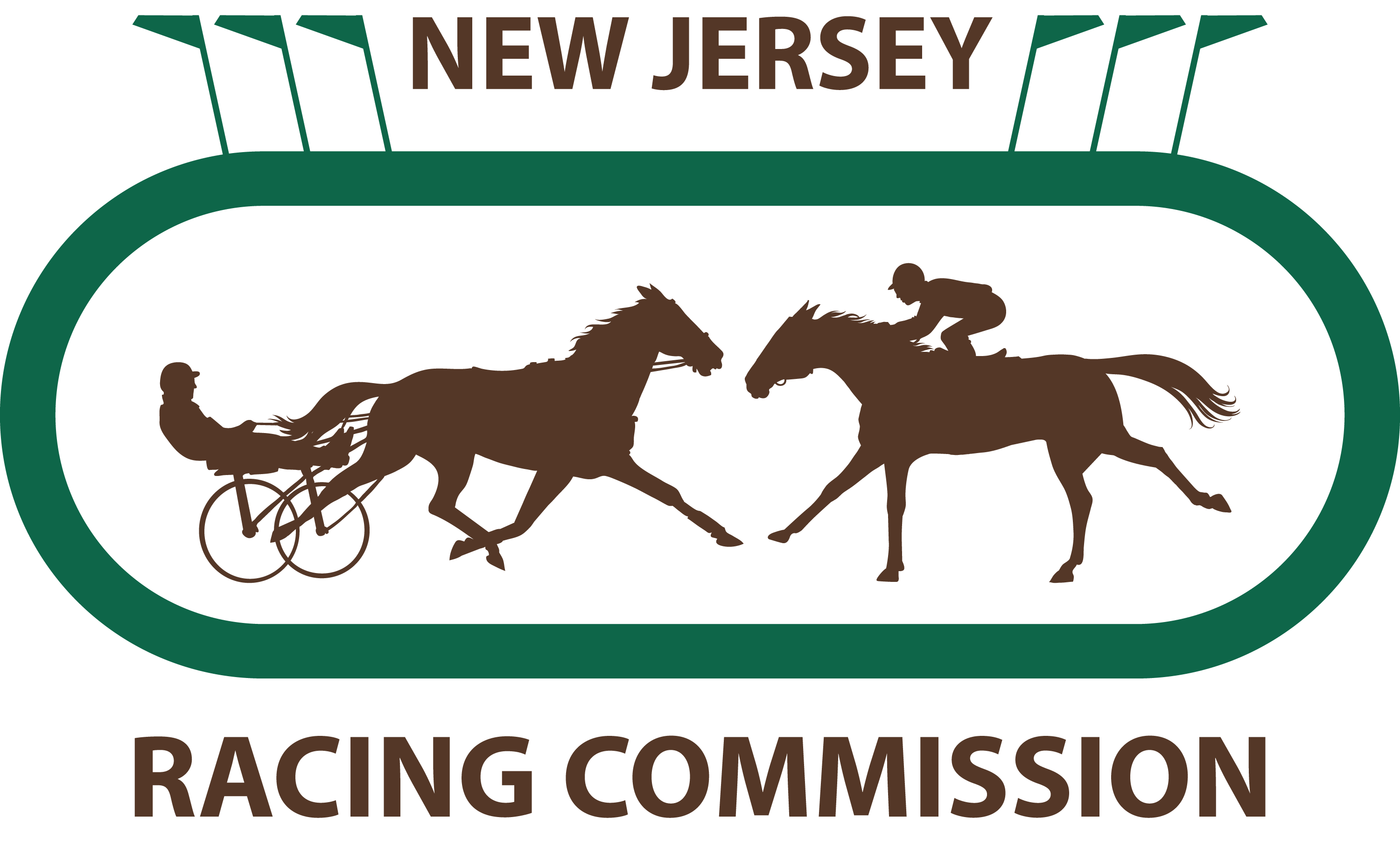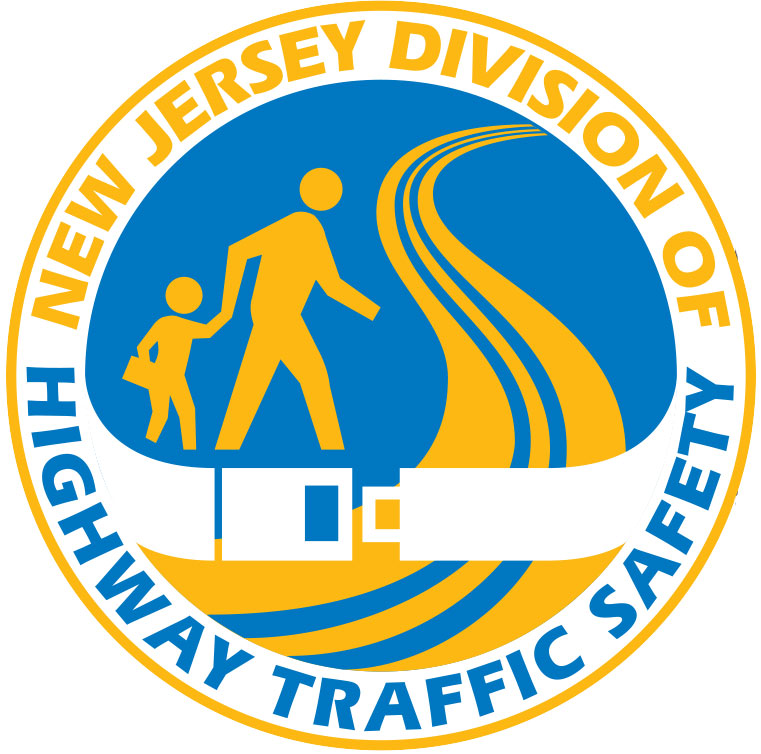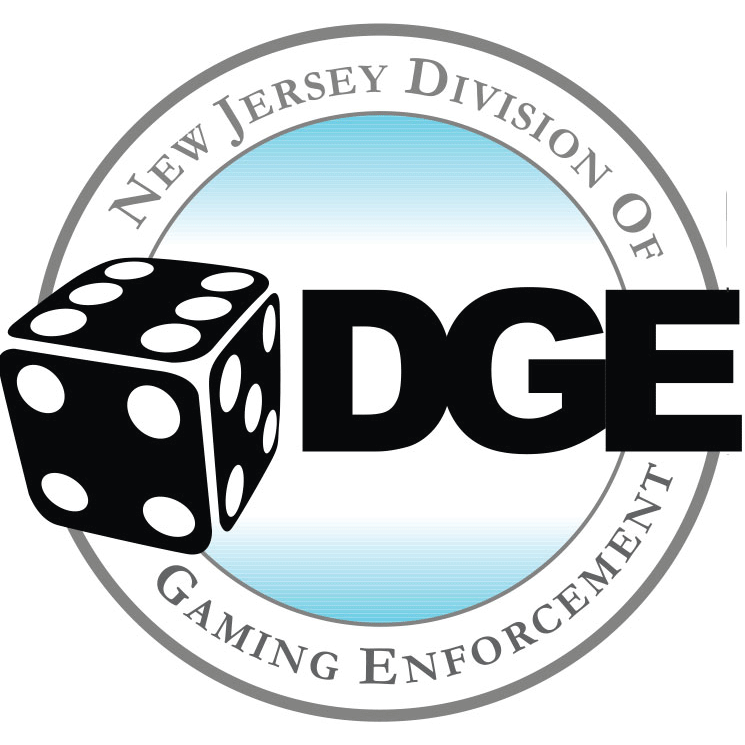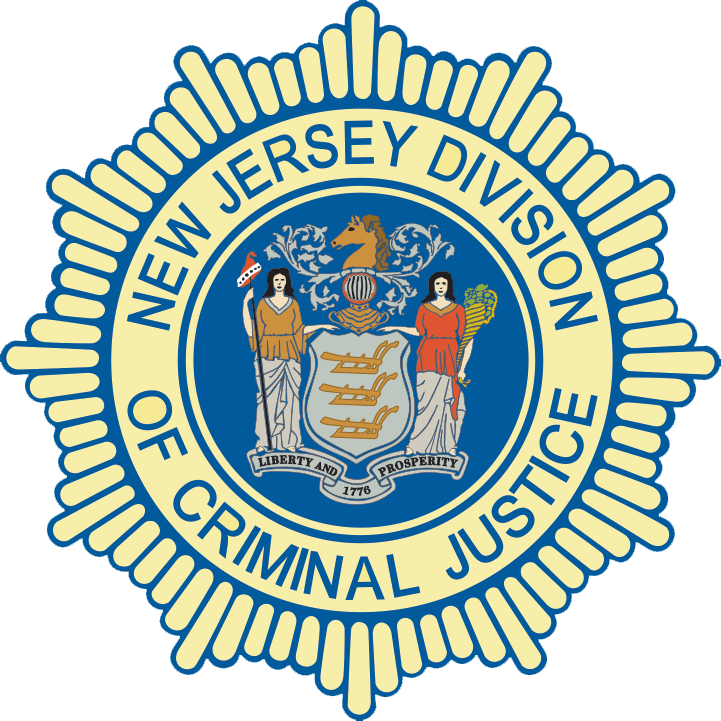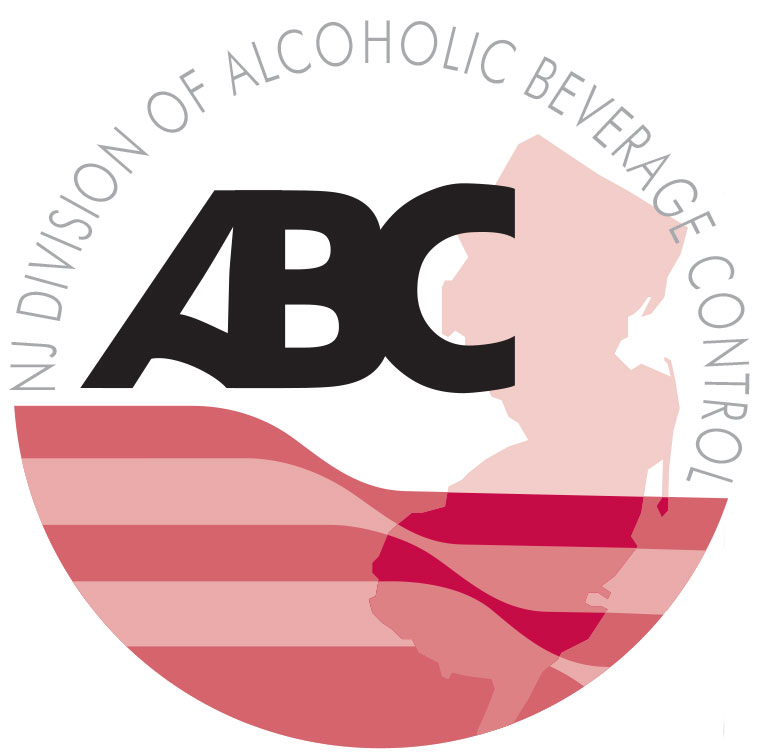TRENTON – Attorney General Gurbir S. Grewal today announced that he is forming a working group including law enforcement leaders, journalists, and civil rights advocates to address critical issues of safety, freedom of the press, and free speech during protests in New Jersey.
The announcement was made after the Monmouth County Prosecutor’s Office (“MCPO”) released the results of its investigation into the June 1 arrest of an Asbury Park Press reporter who was covering a protest in Asbury Park in the wake of the murder of George Floyd. The MCPO concluded that the officers in Asbury Park were not aware they were arresting a journalist. The charges against the reporter had been dismissed previously.
“The freedom of the press to cover matters of public interest is essential,” said Attorney General Grewal. “This bedrock principle is especially important during protests and other mass gatherings, when reporters have both the right and the responsibility to cover these events.”
“At the same time, we recognize that public demonstrations can quickly become chaotic, presenting challenges for law enforcement officers attempting to maintain order with limited or partial information,” continued Attorney General Grewal. “By bringing together representatives of law enforcement and the media, we hope to develop clear guidelines that will help both reporters and officers during such situations going forward.”
The working group will include county prosecutors, members of law enforcement, reporters from print and broadcast news agencies, civil rights advocates, and representatives of the Attorney General’s Office.
The group will make recommendations to Attorney General Grewal on various relevant issues, including these goals and concerns raised by the arrest of the reporter in Asbury Park:
Attorney General Grewal will announce the membership of the working group by the end of July.
On June 5, 2020, Attorney General Grewal issued statewide guidance regarding law enforcement interactions with the media covering public demonstrations. Among other things, the guidance noted that the “media has a right to cover protests and public demonstrations from any location where the public is normally allowed, and law enforcement officers should allow credentialed journalists to film, broadcast, and otherwise report on these demonstrations without undue interference.” The guidance also pointed to guidance published by the Reporters Committee for Freedom of the Press regarding the rights and responsibilities of reporters covering protests.
The working group announced today will build on the June 5 guidance with more detailed recommendations to assist both reporters and law enforcement officers during public demonstrations.
###















